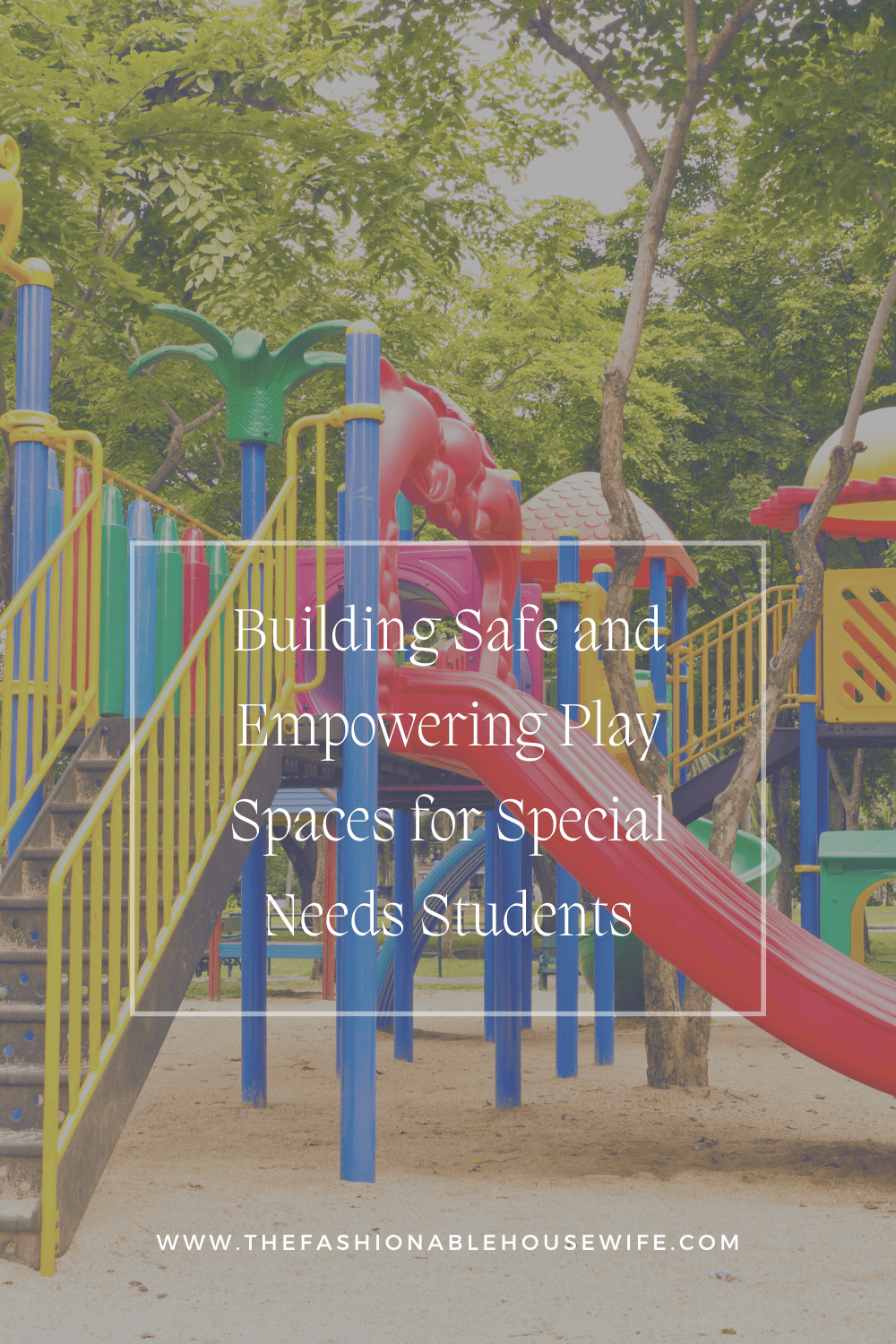Building Safe and Empowering Play Spaces for Special Needs Students

Every child deserves the chance to play, explore, and grow in an environment that feels safe and supportive. Building safe and empowering play spaces for special needs students is important because play isn’t just recreation — it’s an essential part of learning, therapy, and personal development. The design and atmosphere of a play space for special needs can make the difference between hesitation and confidence, between isolation and inclusion.
Schools and therapy centers that focus on safety and accessibility help children develop coordination, communication, and self-assurance while enjoying the freedom to move at their own pace.
Play Spaces for Special Needs Students Makes the Difference
Play environments influence how children interact with the world around them. For students with special needs, the right design features can reduce anxiety and create a sense of control. Soft, natural lighting helps limit sensory overload for kids with autism, while quiet zones allow children to regroup and refocus when needed. Clear layouts and cushioned flooring help those with mobility or balance challenges move safely and independently.
Even the smallest design decisions — from spacing equipment to using calming colors — can create a more inclusive environment where every child feels comfortable exploring. When safety and accessibility are built into every detail, children are free to focus on what truly matters: discovery, connection, and fun.
The Human Element: Guidance and Collaboration
Safe play is about people as much as it is about space. Educators, therapists, and aides play a vital role in fostering both confidence and security. Training equips them to adapt activities, manage sensory triggers, and recognize when an autistic child needs extra encouragement or rest.
Partnerships strengthen this foundation. Parents, therapists, and school staff each bring valuable perspectives that shape how spaces are designed and used. When these groups collaborate, they ensure that soft play environments reflect the needs of the students they’re meant to serve — turning physical safety into emotional support and shared trust.
More Than Safety — A Path to Growth
Safe play spaces aren’t just protective; they’re empowering. They give children the chance to try new things, take small risks, and experience success in ways that build lasting confidence. For students with special needs, this sense of safety becomes the gateway to independence, joy, and learning.
When schools and therapy centers invest in inclusive design and compassionate support, they send a clear message: every child belongs here. And in that belonging, every child, including those with autistic spectrum disorder, has room to thrive.


